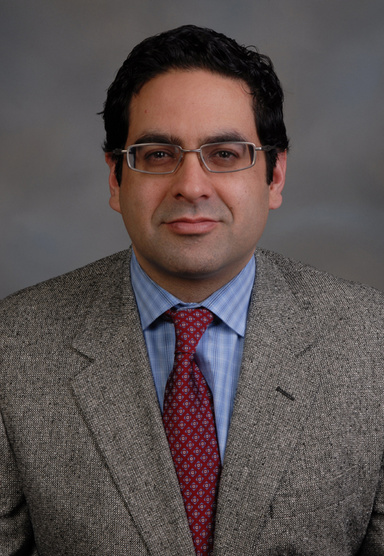Jerry Jackson’s eyes started hemorrhaging when he was 21. Despite numerous attempts to stop the bleeding, he gradually lost his sight and is now blind.
Jackson has an eye disease called autosomal dominant neovascular inflammatory vitreoretinopathy, or ADNIV. It’s an affliction so rare that it’s confined to just several hundred people, mostly capriciously clustered in a few families in Iowa. Jackson, a 66-year-old who lives in Burlington, can count five generations in his own family in Iowa who have contracted the disease, from his great-grandmother on his mother’s side to his two daughters.
Richard Lewis and Tim Schoon from Iowa Now spent two days recently with Jackson to chronicle his daily routine. As you will see and hear, Jackson lives a full life: He is married, has two daughters and several grandchildren; he works at a local Hy-Vee; he repairs bicycles in his home for needy people and tunes up bikes for others at Bickel's Cycling and Fitness; he rides regularly, including on RAGBRAI; he makes his own lunch; and he walks to and from work and around town by himself. He is an inspiration to his family, friends, colleagues, and others who are blind.
The University of Iowa is the only institution studying ADNIV. Over the last couple of decades, specialists in the ophthalmology department have seen more than 100 patients in Iowa with the disease. Led in part by James Folk, who saw the first patients with ADNIV—including the Jackson family—they’ve painstakingly learned more about the disease, how it progresses, and have developed treatments to delay the onset of blindness.

Last fall, a team of UI ophthalmologists, led by Vinit Mahajan and Edwin Stone, reported that they discovered the first gene known to cause the disease. In a paper published in the journal PLoS Genetics, the team reported that a mutation in a gene known as CAPN5 appeared to be a cause of the disease. More specifically, the researchers believe the gene encodes a protein that somehow activates other proteins to trigger inflammation in the eye.
“This case was unusual because (the sufferers) came in as a family,” Mahajan says, “and that almost never happens. Because it was in a family, we knew the disease could be inherited, and we could find a gene (that causes it).”
Moreover, the CAPN5 gene may be associated with more common eye disorders, from uveitis (damage to eye’s middle layer that can lead to blindness) to retinitis pigmentosa (retinal damage leading to loss of night and peripheral sight). More research is needed to better understand this possible link.
“This discovery gives us a key molecular target to understand and treat inflammatory eye diseases,” Mahajan notes. “It should also end up teaching us a lot about autoimmunity. I expect it will help us go from very general immuno-suppressive medications that are often not sufficiently effective, to very specific therapies.”
For Jackson, determining the cause for ADNIV and other autoimmune eye diseases has a special urgency. “As grandparents, we just don’t want (our grandchildren) to have to go through it if they don’t need to, that if they can find a gene … they can replace it with something that can help them keep their eyesight.”
Contributing authors to the paper include UI researchers Jessica Skeie, Alexander Bassuk, John Fingert, Terry Braun, Heather Daggett, James Folk, and Val Sheffield. The National Institutes of Health, the Howard Hughes Medical Institute, the Roy J. Carver Charitable Trust, the Foundation Fighting Blindness, and Research to Prevent Blindness funded the research.